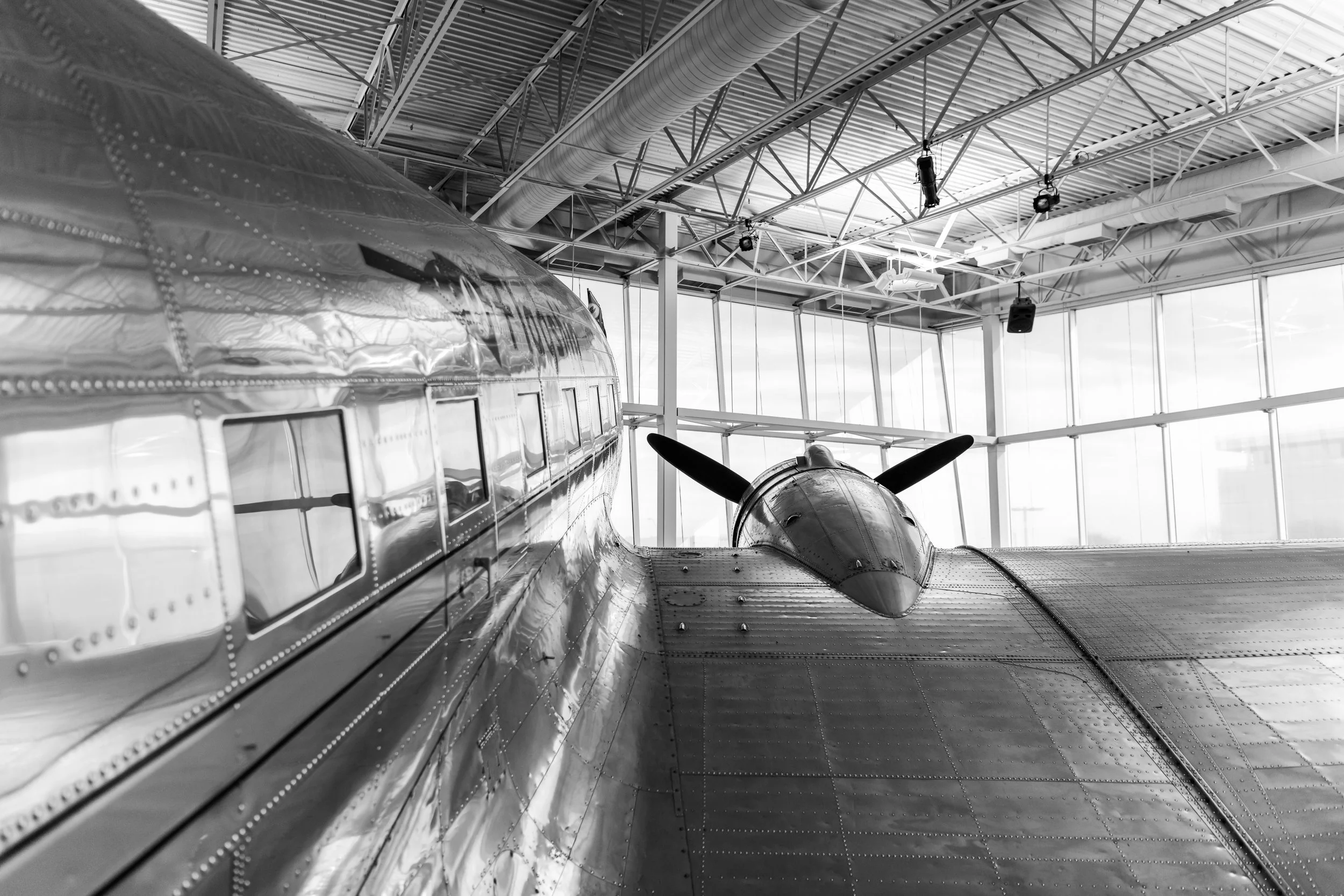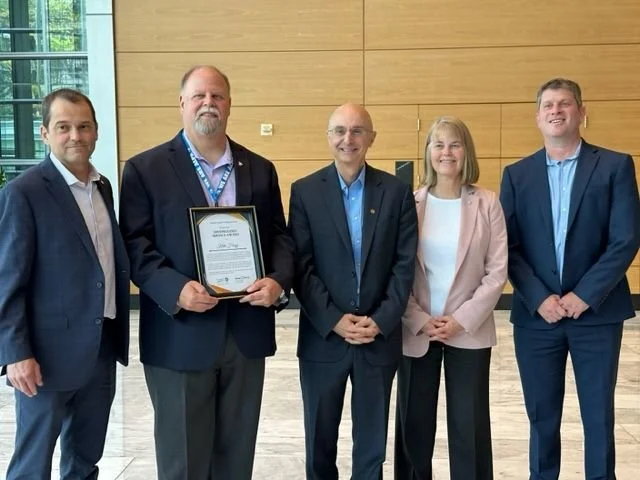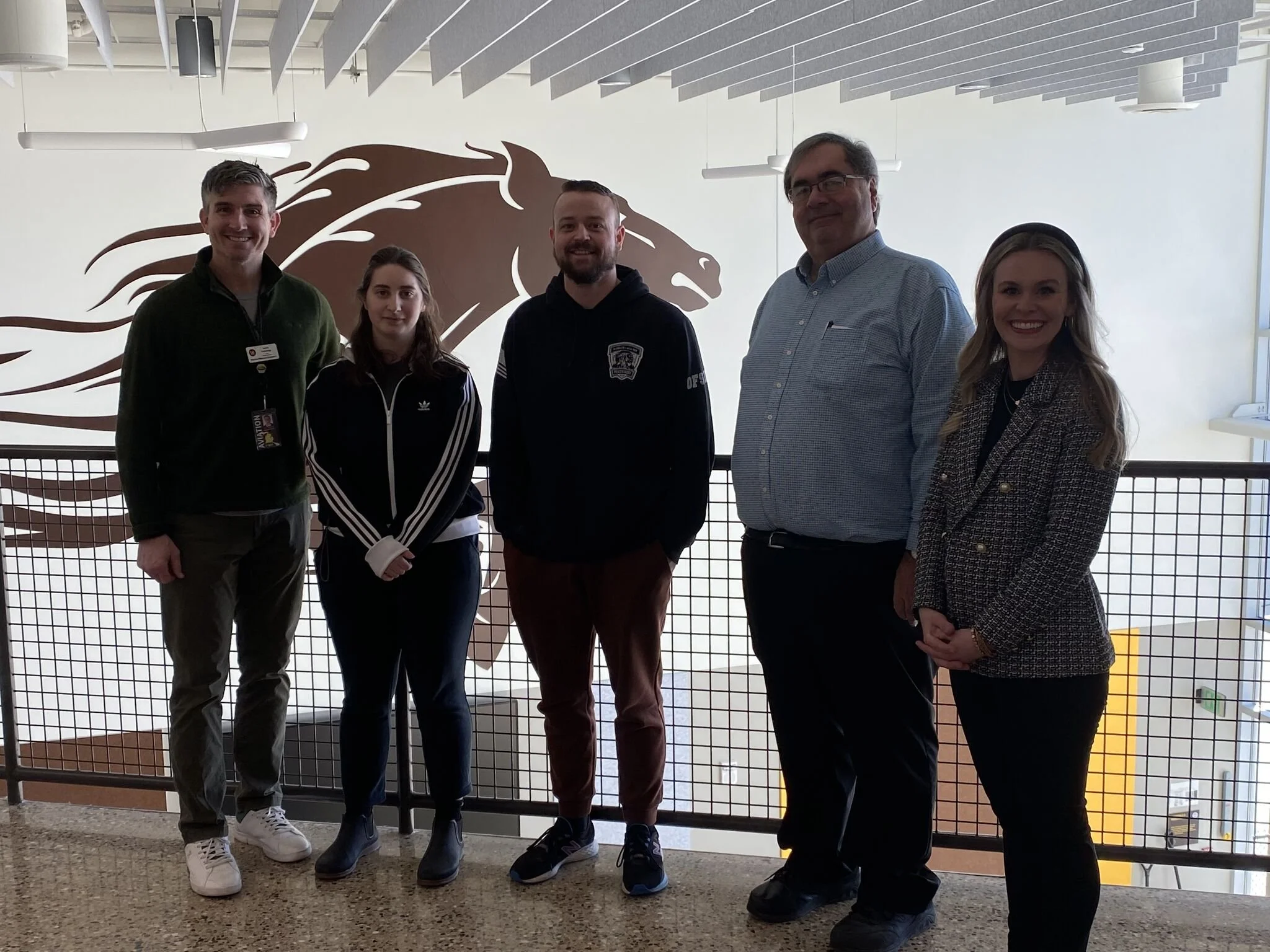
Onward and Upward
When one considers the world’s airlines carry in excess of 4.5 billion passengers each year and transport over 65 million metric tons of freight (pre-pandemic levels), it’s easy to understand the important role our airlines play in the world economy and the growing safety and technological challenges we will face in the future.
Given the immense volume of air traffic, it’s remarkable we have seen so few accidents in recent history. Flight safety has reached unprecedented levels of accomplishment. Over the past few decades, rigorous safety regulations, technological innovations, and comprehensive training programs have significantly enhanced aviation safety. The implementation of stringent maintenance protocols, improved aircraft design, and sophisticated navigation systems has contributed to a steady decline in accident rates. Furthermore, collaborative efforts among international aviation organizations such as ICAO, IATA, Flight Safety Foundation, aviation regulators, airlines, manufacturers, and air navigation service providers have fostered a culture of safety consciousness and continuous improvement within the industry.
In a significant achievement, according to the Flight Safety Foundation’s Aviation Safety Network (ASN), 2023 marked one of the safest years on record for commercial airline operations, with no fatal accidents involving commercial jet airliners. This surpasses a series of outstanding years from 2014 onwards and stands out since the International Civil Aviation Organization began gathering data in 1945, the year Laura was killed. At that time in the mid-1940s, approximately 12 million passengers flew just over 6 billion miles. The global aviation industry fatality risk for passengers is reported to be 1 in 11 million. It has been calculated that this equates to being able to fly every day for approximately 25,214 years before suffering a fatal crash.
How is it that the aviation industry’s safety record has been so successful? Is it due to advancements in technology, stringent regulations, and safety oversight? Or perhaps it’s because of a strong safety culture and comprehensive training programs for pilots, flight attendants, maintenance technicians, and air traffic controllers? Maybe increased international collaboration between governments and industry also contributes? Advanced communication capabilities undoubtedly play a role.
It is thanks to the contributions from all these areas and more. Yet, despite much to celebrate, there is still much to be done. It’s important to acknowledge that flying is not without risk. While commercial aviation boasts an impressive safety record, accidents and incidents can still occur due to factors such as mechanical failures, adverse weather conditions, human error, or external threats. However, the aviation industry’s commitment to safety, coupled with ongoing advancements and proactive risk management strategies, continues to mitigate risks and ensure that air travel remains one of the safest modes of transportation available.
The aviation industry is poised for significant growth in the coming years, driven by various factors that underscore the increasing demand for air travel worldwide. According to projections by organizations such as the International Air Transport Association (IATA) and Boeing, global aviation traffic is expected to continue its upward trajectory, with passenger numbers and aircraft movements reaching unprecedented levels. By 2040, the global air passenger traffic is forecasted to double, surpassing 8.2 billion passengers annually. We are living in an exciting chapter of challenges for the aviation industry, a time for reflection and a time for great discovery.
Please help us recognize the work being done to keep our skies safe. Your donation will help us honor those who are dedicating their lives to air safety and, in the process, changing the world in which we live.





